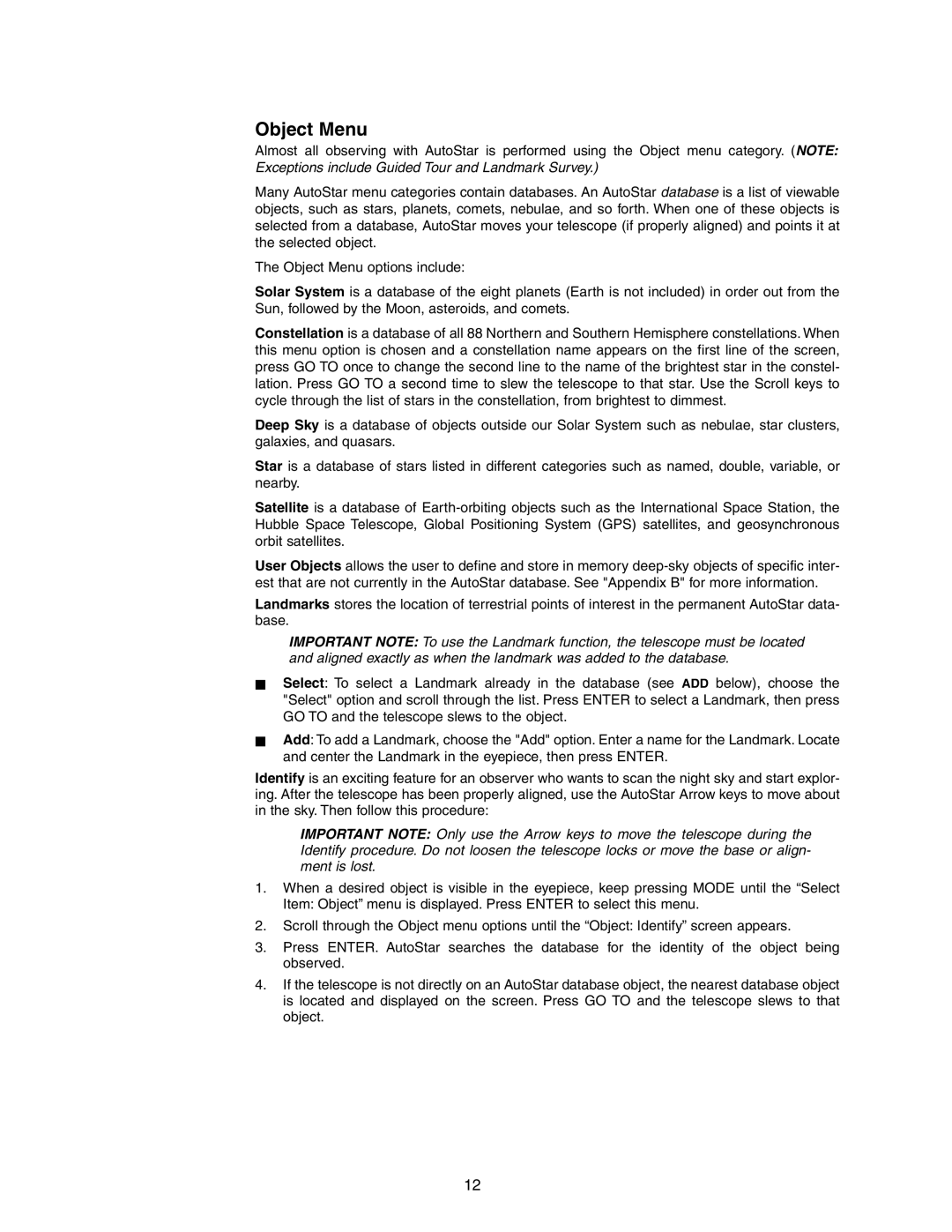DS-2090AT-TC, DS-2102AT-TC specifications
The Meade DS-2102AT-TC and DS-2090AT-TC are two innovative telescopes that cater to avid stargazers and aspiring astronomers alike. Designed with user-friendly features and robust optics, these telescopes offer a stellar viewing experience for both novice and experienced hobbyists.The DS-2102AT-TC model boasts a 102mm aperture, providing a wider field of view that allows users to observe celestial objects with clarity and precision. This telescope utilizes a refractor design, which minimizes chromatic aberration and enhances image brightness. The combination of high-quality glass optics and a fully coated lens system ensures excellent light transmission, making it ideal for viewing planets, star clusters, and other astronomical phenomena.
One of the standout features of the DS-2102AT-TC is its AutoStar technology. This advanced computer-controlled system provides users with the ability to easily locate and track thousands of celestial objects. With a simple press of a button, the telescope automatically aligns itself to the night sky, allowing for hassle-free observation. This feature is particularly beneficial for beginners who may find it challenging to manually locate specific stars or planets.
The DS-2090AT-TC model incorporates a slightly different design, featuring a larger 90mm aperture and a similar refractor configuration. This telescope is also equipped with the AutoStar computer control system, enhancing the user experience by offering guided tours of the night sky. The DS-2090AT-TC excels in delivering bright and detailed views of deep-sky objects, making it a great option for those interested in exploring the wonders of the universe.
Both models are designed for portability, making them easy to transport to various observation sites. The sturdy mount and adjustable tripod provide stability and ease of use, ensuring that users can enjoy extended viewing sessions without fatigue. Additionally, these telescopes come with a variety of eyepieces, allowing for different magnification levels to suit the observer's preference.
In conclusion, the Meade DS-2102AT-TC and DS-2090AT-TC offer a compelling combination of advanced technology, user-friendly features, and high-quality optics. Whether you're a beginner eager to explore the night sky or a seasoned enthusiast seeking detailed celestial observations, these telescopes provide the tools you need to immerse yourself in the wonders of astronomy. With their reliable performance and impressive capabilities, the Meade DS series stands as a testament to the brand's commitment to making astronomy accessible and enjoyable for everyone.
